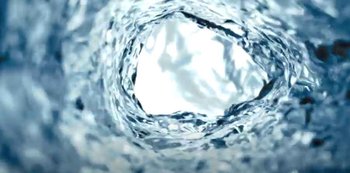
A global survey revealed that although 81% of people want to be more sustainable, less than 6% have taken day-to-day action to protect the planet.* These videos aim to share expert knowledge & real-world advice on key sustainability topics, related to the beauty industry.
Join us on this journey to explore subjects such as plastic & packaging, water usage & green sciences, and gather practical advice all with the aim of making sustainability accessible and empowering people to take #OneGreenStep in their day to day lives.
*Source: Garnier Sustainability Research 2021
.jpg?w=350&rev=f22d097b66cd43ac8c78632839a5df57&hash=FA23248E2E6E2F1D02947D04CB8C9385)
PRODUCT LIFECYCLE
Can the lifecycle of beauty products go greener? The products we buy have a whole life on their own. They are created, they do their job, and when they are finished, we dispose of them. Each stage of their lifecycle could potentially impact our environment. Let’s see how we can all help improve a beauty product's lifecycle. Episode featuring National Geographic Explorer Lillygol Sedaghat.

SOURCING
When we think about preserving our planet, our focus is usually on biodiversity: forest, oceans, animals…but what about the people that live on the planet and get their livelihoods from it? Let’s see why sourcing responsibly is also important.

WATER
Today, roughly 1/3 of people do not have access to safe drinking water. Fresh water demand is growing (by 2050, it is expected to increase globally by 20% to 30%) but fresh water supplies are more at risk because of climate change, water waste and population growth. Our dependence on water is very strong so it’s key to find solutions and raise awareness on this issue.
That’s why Garnier is encouraging consumers to switch to No-rinse conditioners or shampoo bars to help save water at home; and why we’re recycling water in our manufacturing process as part of our Greener Beauty Journey. We can all take one green step of our own to help make our world a little bit greener.

PACKAGING
Garnier is on a journey towards Green Beauty. When it comes to eco-friendly packaging, we aim to use zero virgin plastic by 2025. In this episode – Can beauty packaging go green? – we look at some of the environmentally friendly innovations we have already created, such as a solid shampoo bar packaged in biodegradable cardboard and offer some top tips too for living a little bit greener every day.
